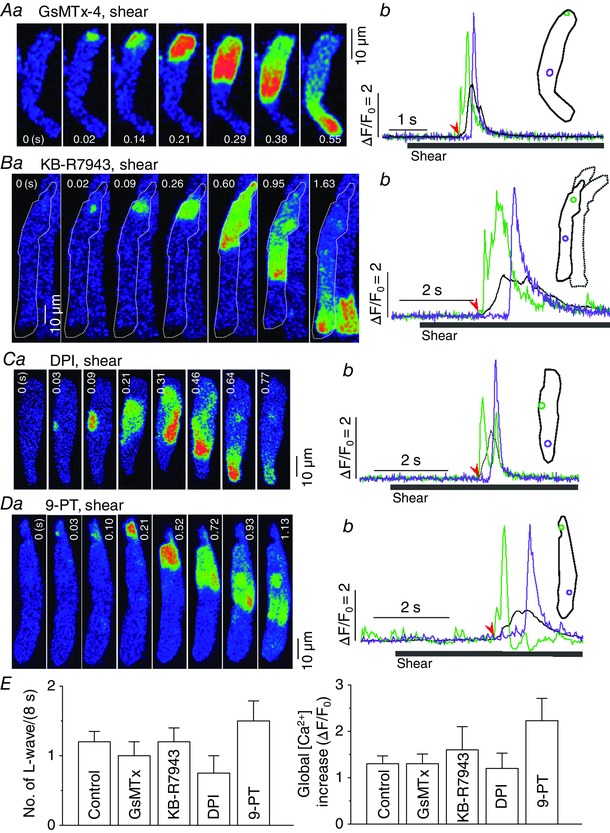Figure 4. No role of SAC, NCX, NOX or TRPM4 in the generation of longitudinal Ca2+ waves under shear stress .

Roles of SAC, NCX, NOX and TRPM4 in the generation of longitudinal Ca2+ wave under shear stress (∼16 dyn cm−2) were tested by the inhibition of each protein using GsMTx‐4 (2 μm; A), KB‐R7943 (0.2 μm; B), diphenyleneiodonium (DPI; 3 μm; C), and 9‐phenanthrol (9‐PT; 10 μm; D), respectively. a and b show series of confocal Ca2+ images, and local and global Ca2+ signals from representative atrial myocytes, respectively. Inset of b illustrates ROIs for the local (green and violet) and global (black) Ca2+ signal traces shown in b. The time marked by the arrowheads matches with 0 s shown in the control image. Note that the inhibition of NCX slowed Ca2+ decay and prolonged Ca2+ signals (Bb; Table 1). E, summary of the occurrence of longitudinal Ca2+ waves (left) and global Ca2+ increase (right) measured on 8 s‐long shear exposure under control conditions and in the presence of each compound. There was no significant change in either parameter by any intervention. Control: n = 64; GsMTx‐4: n = 7; KB‐R7943: n = 6; DPI: n = 5; 9‐PT: n = 7.
